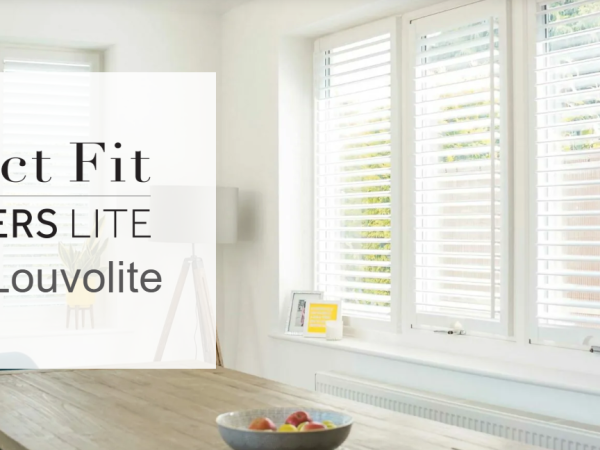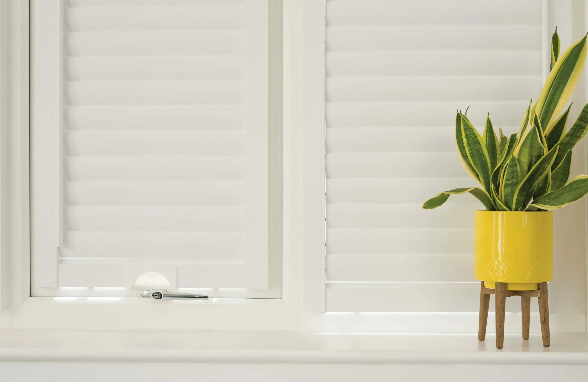Window blinds are a stylish and functional addition to any home or office, providing privacy, light control, and aesthetic appeal. However, like any other part of your living space, they require regular cleaning to maintain beauty and functionality. In this comprehensive blog, we’ll walk you through various methods and tips to make cleaning your window blinds a breeze.

Gather Your Cleaning Supplies
Before you start cleaning your blinds, gather the necessary cleaning supplies. You’ll need:
- A feather duster or microfiber cloth
- Vacuum cleaner with a brush attachment
- Mild dish soap
- A bucket of warm water
- Soft bristle brush or an old toothbrush
- Cleaning gloves
- Dry, lint-free cloth
Determine the Material of Your Blinds
Different types of window blinds require different cleaning methods. It’s crucial to identify the material of your blinds before proceeding. Common blind materials include:
- Wooden Blinds: Dust and moisture can damage wood, so be gentle when cleaning wooden blinds.
- Faux Wood Blinds: These are more durable and moisture-resistant than real wood blinds.
- Aluminum Blinds: Aluminum blinds are lightweight and easy to clean.
- Fabric Blinds: Fabric blinds can be delicate, so take extra care when cleaning them.
Dusting Your Blinds
Start by gently dusting your blinds to remove loose dirt and debris. Use a feather duster or a microfiber cloth, and be thorough, paying attention to both sides of the slats. Dusting regularly can help prevent the accumulation of dirt and make the cleaning process easier.
Vacuuming Your Blinds
For a more thorough cleaning, use a vacuum cleaner with a brush attachment to remove any remaining dust and particles. Run the vacuum nozzle along each slat, working from top to bottom. This step is especially useful for eliminating allergens and fine dust particles.
Washing Your Blinds
Now it’s time to give your blinds a deeper clean. Fill a bucket with warm water and add a few drops of mild dish soap. Mix it until you have a soapy solution. Put on your cleaning gloves to protect your hands.
- For Wooden or Faux Wood Blinds: Dampen a soft cloth or sponge with soapy water and gently wipe each slat, taking care not to saturate the wood. Quickly follow up with a dry cloth to prevent water damage
- For Aluminum Blinds: You can be a bit more liberal with the soapy water here. Use a sponge or cloth to wipe both sides of each slat, then rinse with a clean, damp cloth.
- For Fabric Blinds: Be extra cautious with fabric blinds. Use a gentle touch and avoid soaking the fabric. Spot clean any stains with soapy water, and blot gently with a clean, damp cloth.
6. Cleaning the Mechanisms and Strings
Don’t forget to clean the mechanisms, strings, and pulleys of your blinds. Dust and grime can accumulate in these areas, affecting their functionality. Use a soft bristle brush or an old toothbrush to reach tight spots and clean these components.
7. Drying Your Blinds
Once you’ve cleaned your blinds, leave them open to air dry completely. This will prevent any moisture from lingering and potentially causing damage.#
At A1 Blinds, we’re dedicated to helping you maintain the beauty and functionality of your window blinds. Regular cleaning not only keeps your blinds looking their best but also ensures they last longer. If you ever need assistance with your blinds or are looking for new blinds to upgrade your space, don’t hesitate to contact us at 0800 193 0417 or via email at info@a1blindsuk.co.uk. You can also visit our website at www.a1blinds.co.uk for more information on our products and services. Happy cleaning, and enjoy the fresh, clean look of your window blinds!












